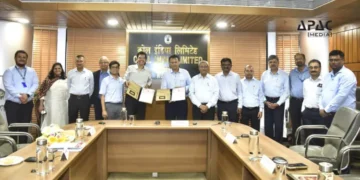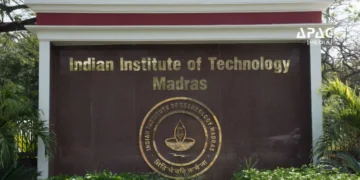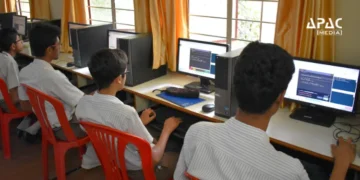Patna: The Bihar cabinet has cleared a package of measures covering women’s employment, medical education, and staffing across departments, with an overall allocation of about Rs 20,000 crore. A key decision includes funding for the Mukhyamantri Mahila Rojgar Yojana, under which one woman from each family will receive a direct transfer of Rs 10,000 as seed money to start small enterprises, with the possibility of scaling up support to Rs 2 lakh based on employment generation.
The cabinet also approved the establishment of seven new medical colleges in Kishanganj, Katihar, Rohtas, Shivhar, Lakhisarai, Arwal, and Sheikhpura, expanding the state’s healthcare and education infrastructure. To strengthen government services, 3,233 new posts have been sanctioned across departments. These include 1,800 teaching and non-teaching positions in residential schools for Scheduled Caste and Scheduled Tribe students, 237 posts in government engineering colleges, and new roles in cultural and welfare departments. In addition, 12 districts will get Assistant District Sainik Welfare Officers.
In a bid to address narcotics-related crimes, the state has approved the creation of a Prohibition and State Narcotics Control Bureau with 88 sanctioned posts. The bureau will focus on curbing illegal drugs, psychotropic substances, and alcohol-related offences. The cabinet also revised salaries and allowances across several categories. Home guards will now receive Rs 1,121 per day, up from Rs 774, while contract staff under rural housing and welfare schemes will see a 20–25% increase. Medical and allied health interns will receive higher monthly stipends, with medical, dental, and allied streams raised to Rs 27,000 and physiotherapy and acupressure interns to Rs 20,000. Gram Kachhari Secretaries will now receive Rs 9,000 a month, up from Rs 6,000.
Chaired by Chief Minister Nitish Kumar, the cabinet cleared 48 proposals in total, covering education, health, employment, rural governance, and welfare. The measures are expected to expand opportunities in key sectors, though their implementation and long-term impact remain areas to watch.

























































Discussion about this post